Analysis of the New Regulations for VMPs
Since last November 10, 2020, the date of its publication in the BOE, Personal Mobility Vehicles are defined and regulated by the new dr Decree 970/2020 that reforms the General Traffic Regulations, and the General Vehicle Regulations.
Below, we explain the essential points of the new regulation, as regards personal mobility vehicles, and pedal bicycles with pedal assistance:
✓ Personal Mobility Vehicle Definition🛴:
«Vehicle with one or more wheels with a single seat and propelled exclusively by electric motors that can provide the vehicle with a maximum design speed between 6 and 25 km/h. They can only be equipped with a seat or saddle if they are equipped with a self-balancing system. Excluded from this definition are Vehicles without a self-balancing system and with a saddle, vehicles designed for competition, vehicles for people with reduced mobility and vehicles with a working voltage greater than 100 VDC or 240 VAC, as well as those included within the scope of Regulation (EU) No 168/2013 of the European Parliament and of the Council, of January 15, 2013.»
What types of electric scooters / e-scooters are excluded from the RD, according to this definition?
- Those who do NOT have a speed limit of 25 Km/h, or whose speed is less than 6 Km/h
- Those with a built-in saddle. In this regard, we recommend that those who have a removable seat use it outside urban roads, on private roads or greenways / forest tracks, etc, where there is no circulation of motor vehicles, and are not subject to traffic regulations.
- Those with a working voltage greater than 100 VDC. Therefore, there is NO power limit. To get an idea, a Mercane WideWheel Pro Dual Motor (two 500W motors), is powered by a 48V battery, far from the 100 VDC limit, and other 2000W devices, and even3000W and 4000W of power, equipped with 60V and 72V batteries,so they would also be suitable respecting the speed limit at 25 km/h.
✓ Restrictions of circulation🚫:
«It is prohibited to circulate on sidewalks and pedestrian areas. They will have to comply with the traffic regulations like the rest of the vehicles and their circulation is also prohibited on interurban roads, crossings, as well as highways and highways that run within the town or in urban tunnels. In this regard, there is no news, since this had already been established for a long time and reflected in the draft of the new law since 2019.
Where are we going to be able to circulate with our personal mobility vehicles? What use can we give them?
- By waysurban, respecting the municipal ordinances and the places established for their circulation by each municipality. One of the novelties of this RD is that it establishes a maximum speed of 30 km/h on roads with only one lane in each direction of traffic; with a double meaning: reduce mortality in accidents, and accommodate these roads to be lanes for shared use by motor vehicles, bicycles, and personal mobility vehicles.
- On roads and private areas, that is, within any type of private property such as private developments, campsites , golf courses, factories, farms, hunting reserves, rural complexes, etc.
-
For all types of roads, forest trails, greenways, and natural parks (they are non-polluting vehicles with zero emissions). As long as they do not run along a road regulated by traffic regulations, or there is a specific restriction for the circulation of any two-wheeled vehicle such as bicycles, etc.
The use that can be given to a vmp is very varied. First of all, they are the best device for daily commuting in cities and towns, but they also support extensive professional use for delivery activities, tourist guides and tours, mobility in large industrial environments, inside large venues (campsites, golf courses, etc.)... And there is no doubt that they are also the best vehicle to enjoy weekend leisure and vacations, since they allow you to easily put them in the trunk of a car and take them to the beach, the countryside, or anywhere on a trip... and enjoy the natural environment, driving through places that would be impossible with other vehicles, and with the wonderful sensations that convey doing it on an e-scooter.
✓ Certificate for Circulation📜 :
Two novelties / important concepts that are directly related are introduced: the certificate for circulation, and the manual of characteristics of the vehicles of personal mobility
«Personal mobility vehicles will require the circulation certificate that guarantees compliance of the technical requirements required by national and international regulations contained in its characteristics manual, as well as its identification.
The manual of characteristics of personal mobility vehicles will be approved by Resolution of the Director General of Traffic.»
What are the Circulation Certificate and the VMP Characteristics Manual?
- Certificate for circulation: «Document issued by a competent third party appointed by the autonomous body Headquarters of Traffic in which it is accredited that the vehicle submitted to the test complies with the applicable technical requirements in accordance with national and international technical regulations. Personal mobility vehicles must obtain said certificate and the request for it will be made by the manufacturers, importers or their respective representatives in Spain.»
-
Manual of characteristics of personal mobility vehicles.
«Document prepared by the autonomous body Central Traffic Headquarters and approved by resolution of its owner, which will establish the technical requirements that personal mobility vehicles must meet for their entry into circulation, their classification, the testing processes for its certification and the mechanisms that will be used for its easy identification. The manual will be published in the Official State Gazette and on the website of the General Directorate of Traffic (www.dgt.es). The manual will be updated when the regulatory criteria regarding vehicles are modified, both nationally and in the European Union, or when the appearance of new forms of mobility requires it.»
✓ Deadlines for entry into force of all the reforms 🕰 :
- The modifications relative to RCirculation and Vehicle Regulations will come into force on January 2, 2021.
- The obligation to have a circulation certificate and its identification, in accordance with the provisions of the Manual of characteristics of personal mobility vehicles, will be applicable twenty-four months after the publication of the manual of characteristics of personal mobility vehicles in the "Official State Gazette", as established in the provision single transitory. Transitory Regime of the RD
Conclusions. How do these reforms affect users of Personal Mobility Vehicles from now on?
Well, despite all the media hype, and the sensationalism with which the press usually deals with this issue, the reality is that today these reforms CHANGE PRACTICALLY NOTHING.
And we say this because work has been going on for quite some time on the classification of VMPs, and on the regulation of traffic rules for these vehicles, and on another article of the blog we had already talked about the Instruction of the DGT of 2019, and of the bill. Therefore, the restrictions on its circulation according to which routes were already clear, as well as the prohibition of circulating on sidewalks and pedestrian areas, etc.
In addition, many cities in Spain have already had their own Municipal Ordinance for some time, and those that still do not have it will have it soon, as they were waiting for the government to publish this law.
The most important for us are these aspects:
- Electric scooters (many of them also of such low quality that they will not pass future trial tests), from Asian retailers, bought in low cost Asian market places, without legal invoice that includes VAT, without certificates of corresponding conformity, etc., their days are numbered.
- Electric scooters that have been purchased from legal importers / authorized distributors will not have problems to circulate. ,
- There is no power limit for the engine. The law establishes a limit for voltage / voltage at 100 VDC (volts direct current). With which the high-end electric scooters, 500W-700W-1000W-2000W... will continue to be the best option for those who do not want to ride an "electric battery toy" that has no power to climb hills, or acceleration when I need it. Also remember that we can always unlock the speed limit to drive on private roads, in the countryside, on forest tracks, greenways, etc., away from circulation and traffic without anyone bothering us.
- The Circulation Certificate is still going to be long... you have to wait 2 years after that the DGT publish the Manual of Characteristics of Personal Mobility Vehicles.
And finally, a piece of advice: drive carefully, if possible use the e-scooter's lighting at all times (even during the day), and wear a helmet. Especially if you are in the city, or areas with motor vehicle traffic. In addition, you should also use a vest if it is night.
It will be very, very difficult for them to stop you, ask you for papers, and bother you if you comply with traffic regulations.
And for everything else, long live electric personal mobility and all Ecosmart Riders!
Do not hesitate to contact our technical support department for any questions in this regard, and/or obtain the best advice for the purchase of your e-scooter.
CONTACT US

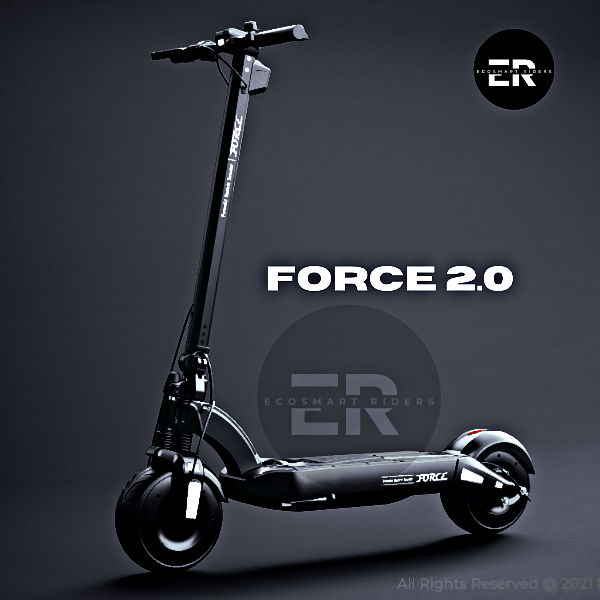
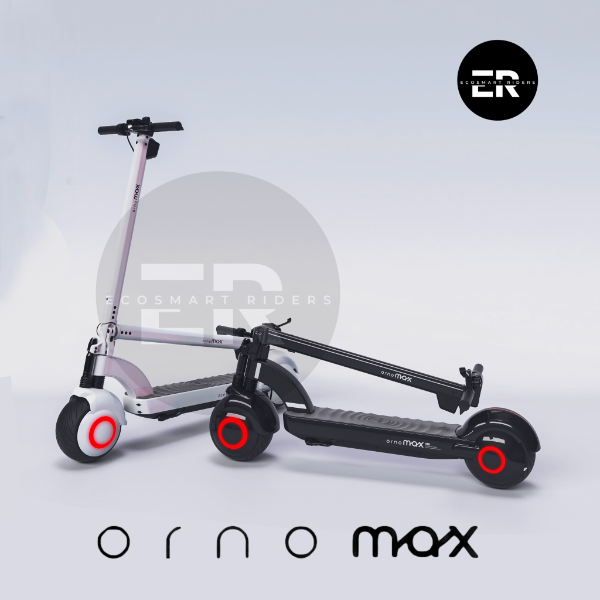
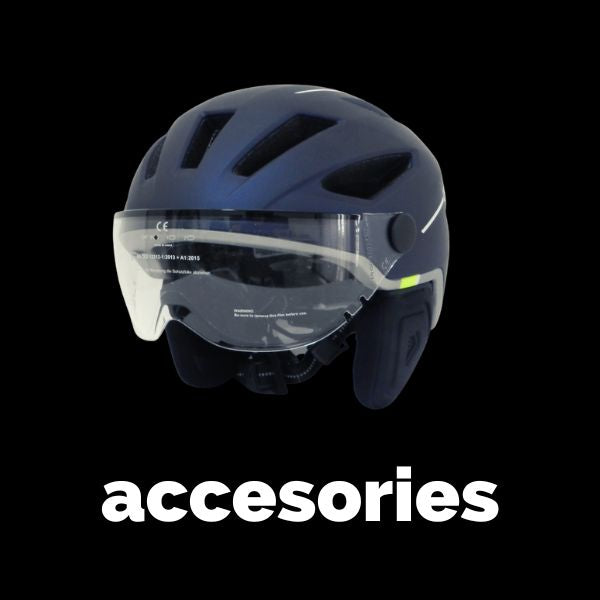
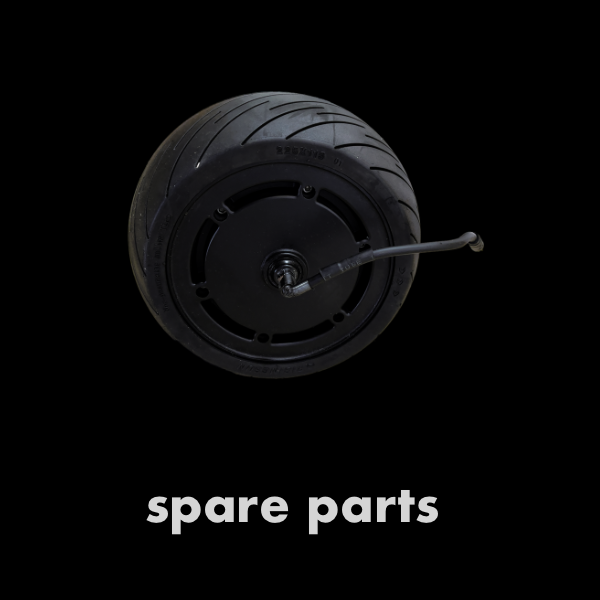
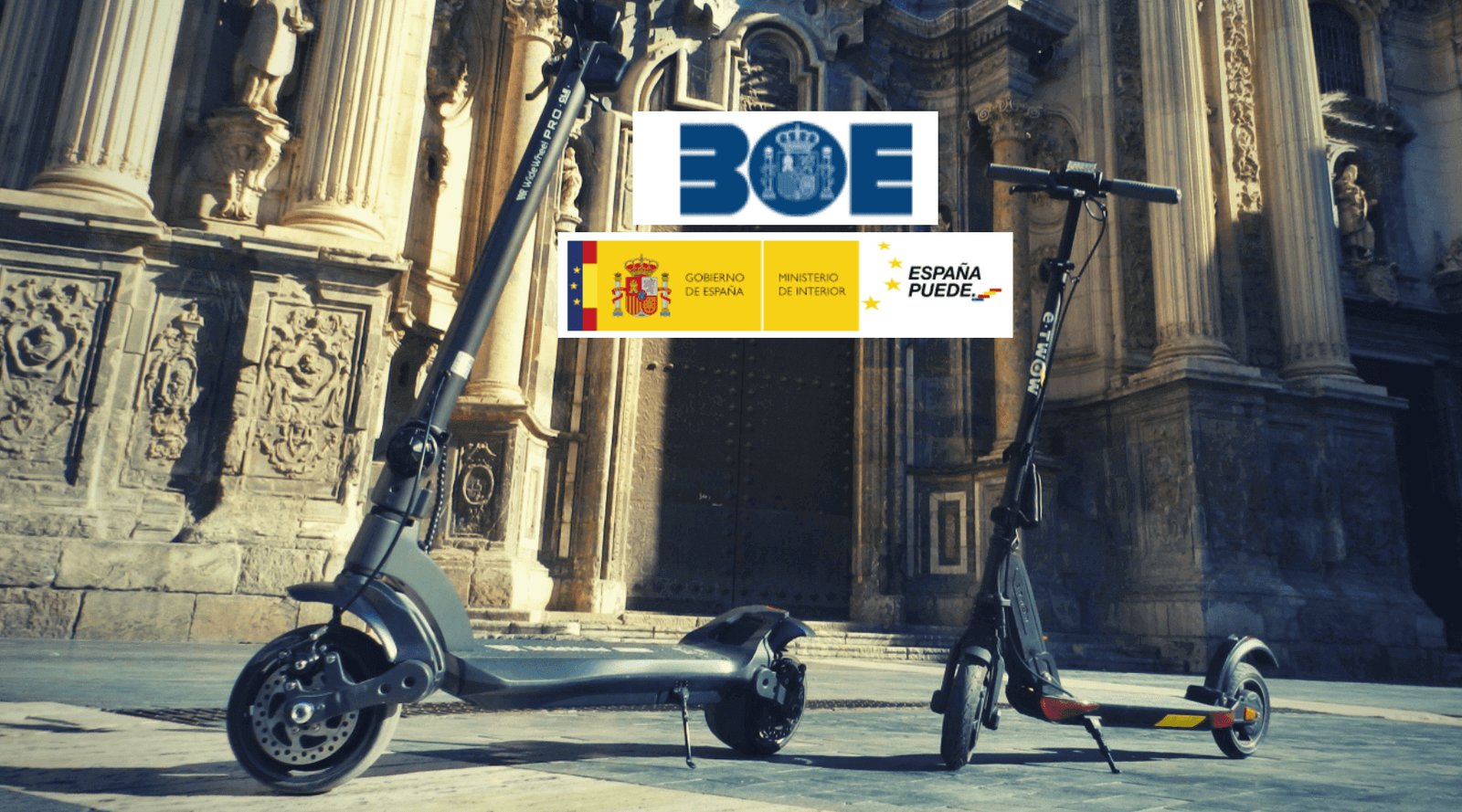




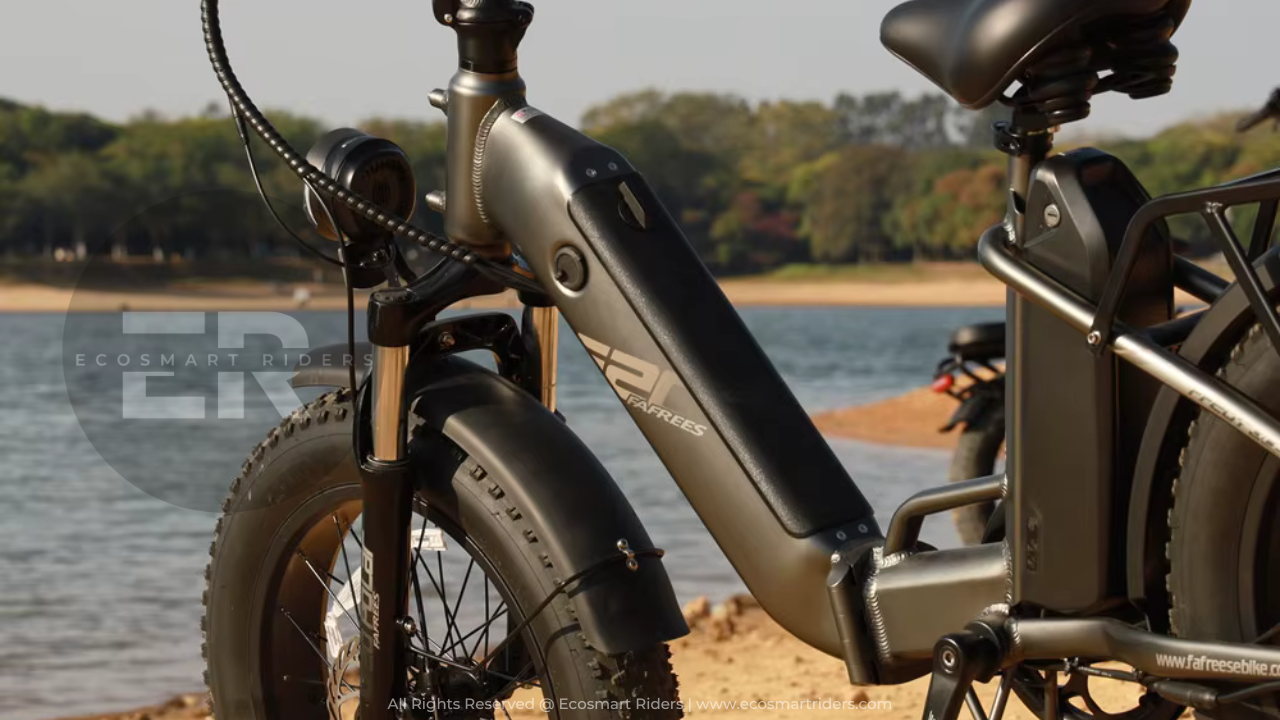
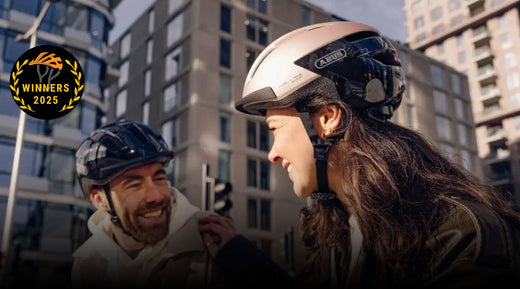
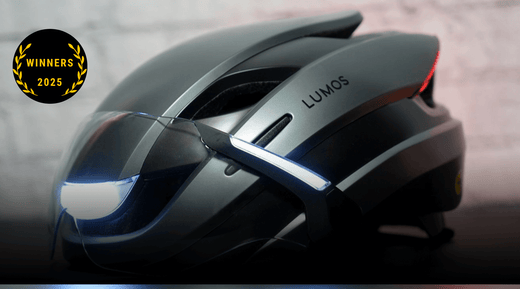
Jose Luis.
January 05, 2021
Fran, muchas gracias por el detalle de compartir por aquí ésta informacion, así nos recuerdas las nuevas normas y nos facilitas de entenderlas. 😊👍👍